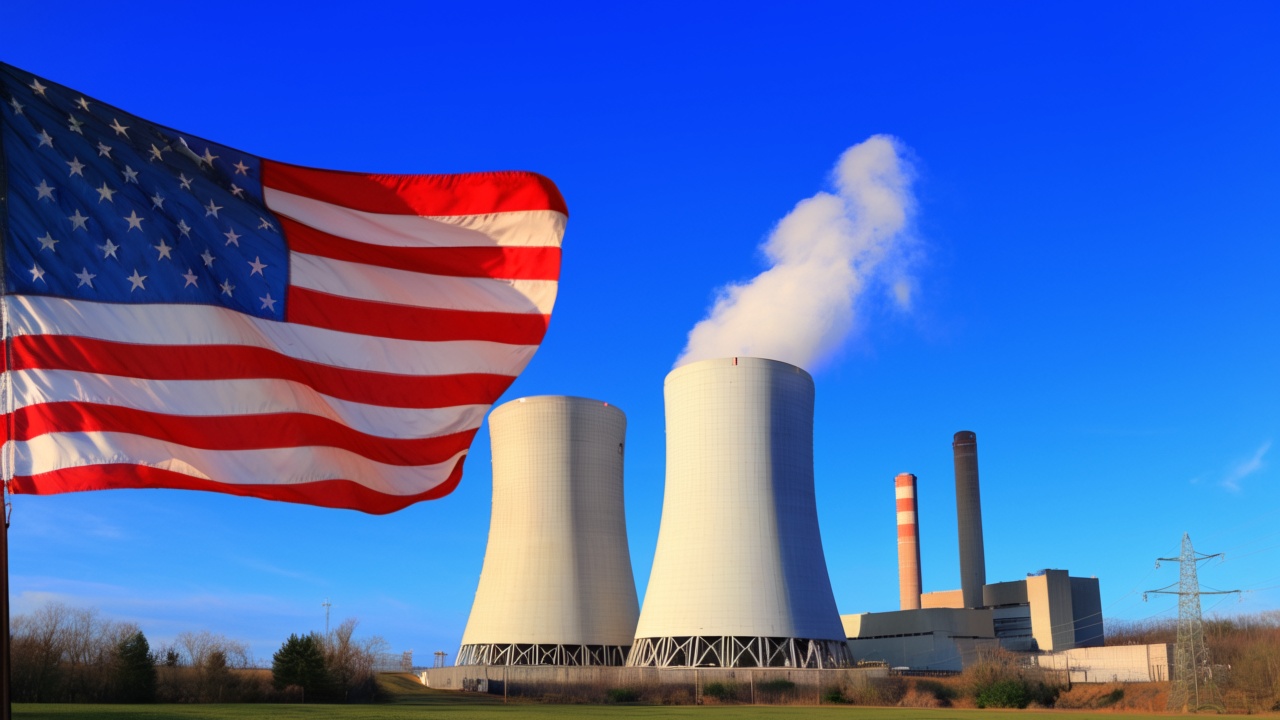This emerging technology, lauded for its low-carbon footprint, holds promise not only for meeting corporate emission goals but also for tackling the nation’s growing energy demands. However, the journey toward SMR deployment in the US is fraught with challenges related to costs, complexity, and regulatory hurdles.
Despite these obstacles, recent research from the University of Michigan reveals that small modular nuclear reactors could be economically viable by 2050, helping the US curb carbon dioxide emissions by as much as 59 million metric tonnes annually.
How SMRs could transform the energy landscape
Unlike large-scale nuclear reactors, SMRs are designed with a modular approach, making them more compact and adaptable.
Traditional nuclear plants often generate around 1 gigawatt of power, with large cooling towers and numerous specialised structures, according to the U.S. Department of Energy.
In contrast, SMRs are scaled down, with a maximum capacity of around 30% of traditional reactors, and can be housed in a single structure located close to their intended power consumers.
This modularity not only makes small modular nuclear reactors faster and potentially cheaper to build but also allows for more seamless integration with existing energy infrastructure.
The University of Michigan study analysed the deployment potential of SMRs across 900 natural gas facilities in heat-intensive sectors, such as paper mills, chemical production, and petroleum refineries.
Researchers determined that SMRs could feasibly replace gas-fired heating in these settings, significantly reducing greenhouse gas emissions across multiple industries.
Economic viability hinges on key factors
Achieving widespread SMR deployment will require navigating various economic variables. One major factor is the price of natural gas.
Researchers found that SMRs become competitive when natural gas prices exceed $6 per metric million British thermal units (MMBtu), a realistic figure for industrial applications.
At this cost, SMRs offer a viable alternative for industries seeking more sustainable heating solutions without a drastic rise in energy costs.
Government incentives play an equally crucial role. Policies such as tax credits, carbon pricing, and other financial incentives can substantially lower the barrier to SMR adoption.
Interestingly, the study found that while tax incentives and carbon credits were highly effective, direct government subsidies did not offer the same level of impact.
As such, strategic policy initiatives will be essential for small modular nuclear reactors to flourish in a competitive energy market.
The future of SMR deployment
Cost-reducing ‘learning’ is another important aspect of making SMRs financially viable. Unlike conventional nuclear reactors, which typically do not see major cost reductions over time, SMRs could benefit from streamlined design and more standardised production processes.
Researchers believe that as more SMRs are built, the cost per project will decrease, making them more attractive to industries and energy providers alike.
Even in scenarios where SMRs experience ‘negative learning’ (in which project costs increase), the potential for deployment remains strong.
However, positive learning — where construction efficiencies reduce costs over time — could make SMRs a highly competitive energy solution within a few decades.
A supplement to traditional nuclear power
While conventional nuclear plants currently provide the US with around 100 gigawatts of power, SMRs could add an estimated 20 gigawatts by 2050 under optimal conditions.
As the US transitions toward clean energy, SMRs offer a flexible and lower-cost pathway to supplement the current energy infrastructure while supporting emissions goals.
The enthusiasm from big tech companies and recent research insights demonstrate that SMRs are not just a fleeting interest but a potentially transformative technology.
Although challenges remain, with supportive policies, industrial investment, and continuous innovation, SMRs could become a cornerstone of the nation’s low-carbon energy future.
